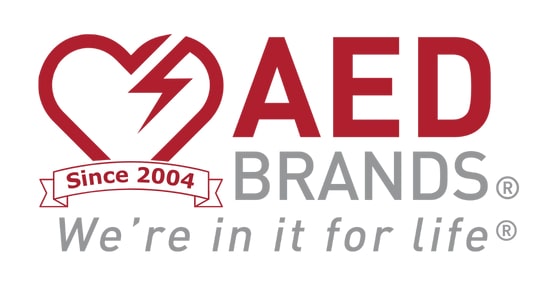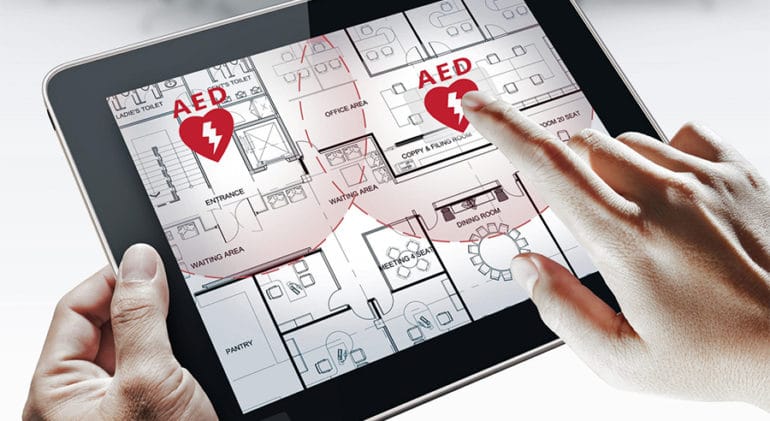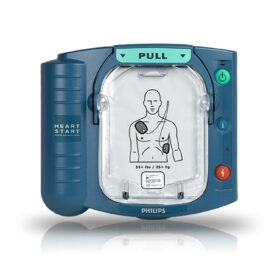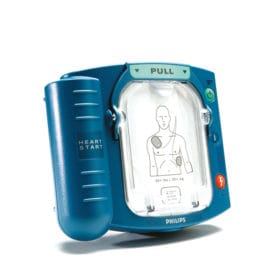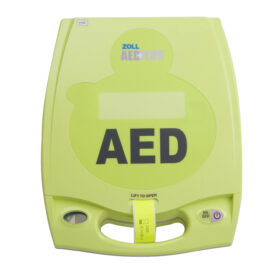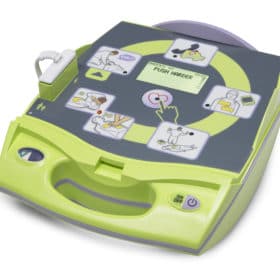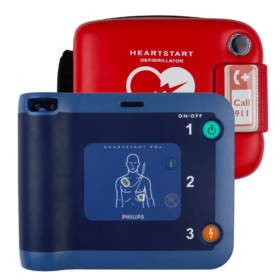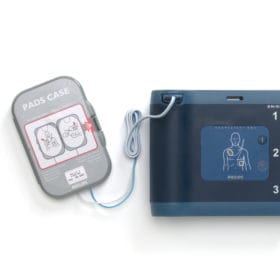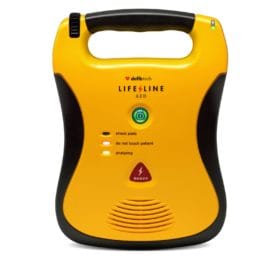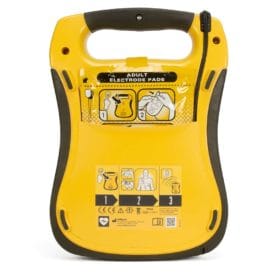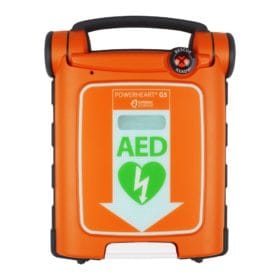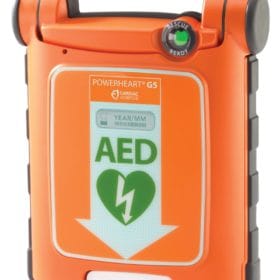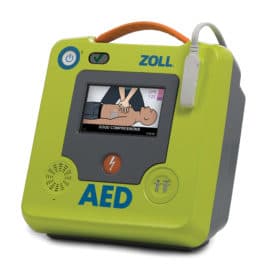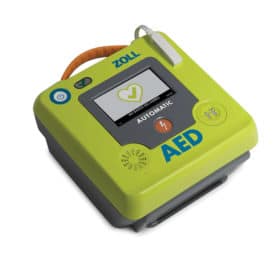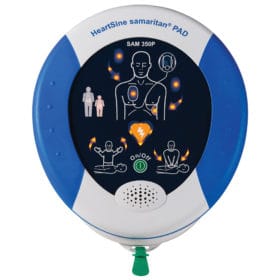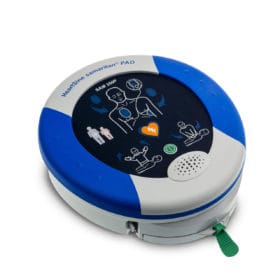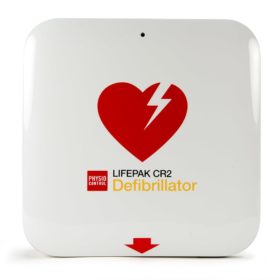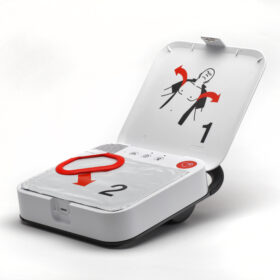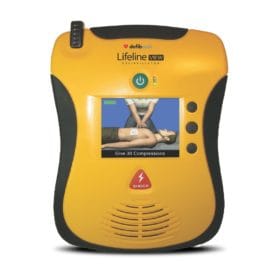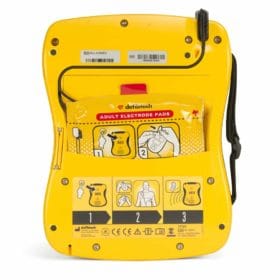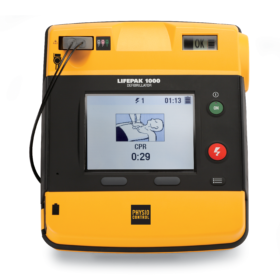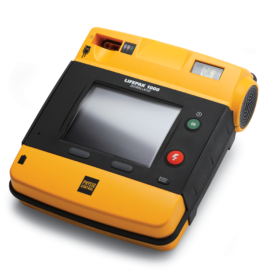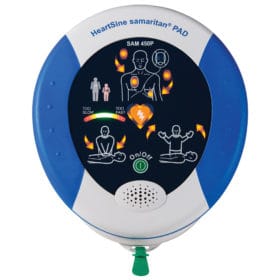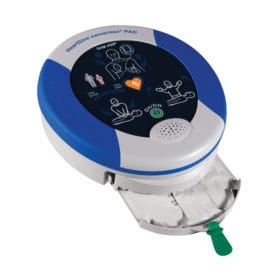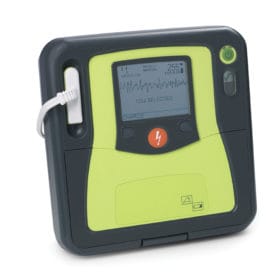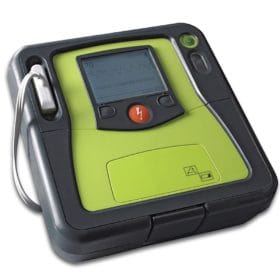- Your cart is empty
- Continue Shopping
AED Defibrillators versus CPR
AED defibrillators, in addition to CPR, have been shown in multiple studies to increase survival rates by more than 50 percent. According to the American Heart Association, the survival rates of cardiac arrests that occur outside of hospitals nearly double when AED defibrillators are administered in addition to CPR (cardiopulmonary resuscitation). While CPR is essential to maintain blood flow through the heart, AED defibrillators are imperative for maintaining a natural heart rhythm that can help prevent not only death, but brain damage as well.
A sudden cardiac arrest differs from a heart attack because it can occur to anyone, no matter the level of health or the condition of the heart. At the onset of a sudden cardiac arrest, the heart begins dying at a rate of 10% per minute, which means the victim will likely be dead within ten minutes. At five to seven minutes into cardiac arrest, brain damage begins. The average emergency response time is between 8 and 12 minutes. AED defibrillators administered within the first 3-5 minutes can keep the victim alive by maintaining necessary heart rhythm and oxygen flow to the brain until emergency responders arrive.
The American Heart Association held a PAD (Public Access Defibrillation) trial in 2003 that showed, over an average of 21.5 months, 29 out of 129 victims of cardiac arrest survived that received both CPR (cardiopulmonary resuscitation) and treatment from AED defibrillators, compared to only 15 survivors out of the 103 victims that received CPR alone. This study was done in 2003, and since that time defibrillator technology has improved and the number of AED defibrillators in public buildings has continuously increased. Business owners are becoming more aware that CPR training alone is not enough. By having AED defibrillators on-hand, the chances of saving lives doubles, and, therefore, the possibility for future liability lawsuits is cut in half as well.
While CPR is an undeniably valuable skill that is absolutely necessary for the event of a sudden cardiac arrest, by supplementing CPR with AED defibrillators, the chances of survival with the least amount of damage actually double.
If you would like to purchase or lease one of our AED defibrillators, click here today.
Back to AED Education Articles
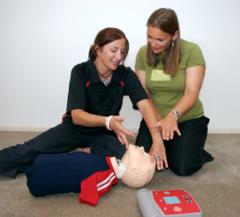
Loading...
The best AED for your needs
Philips HeartStart FRx AED with FREE Carry Case 861304
Would you like these results sent to your email?
If so, just fill our your email address below and submit.
